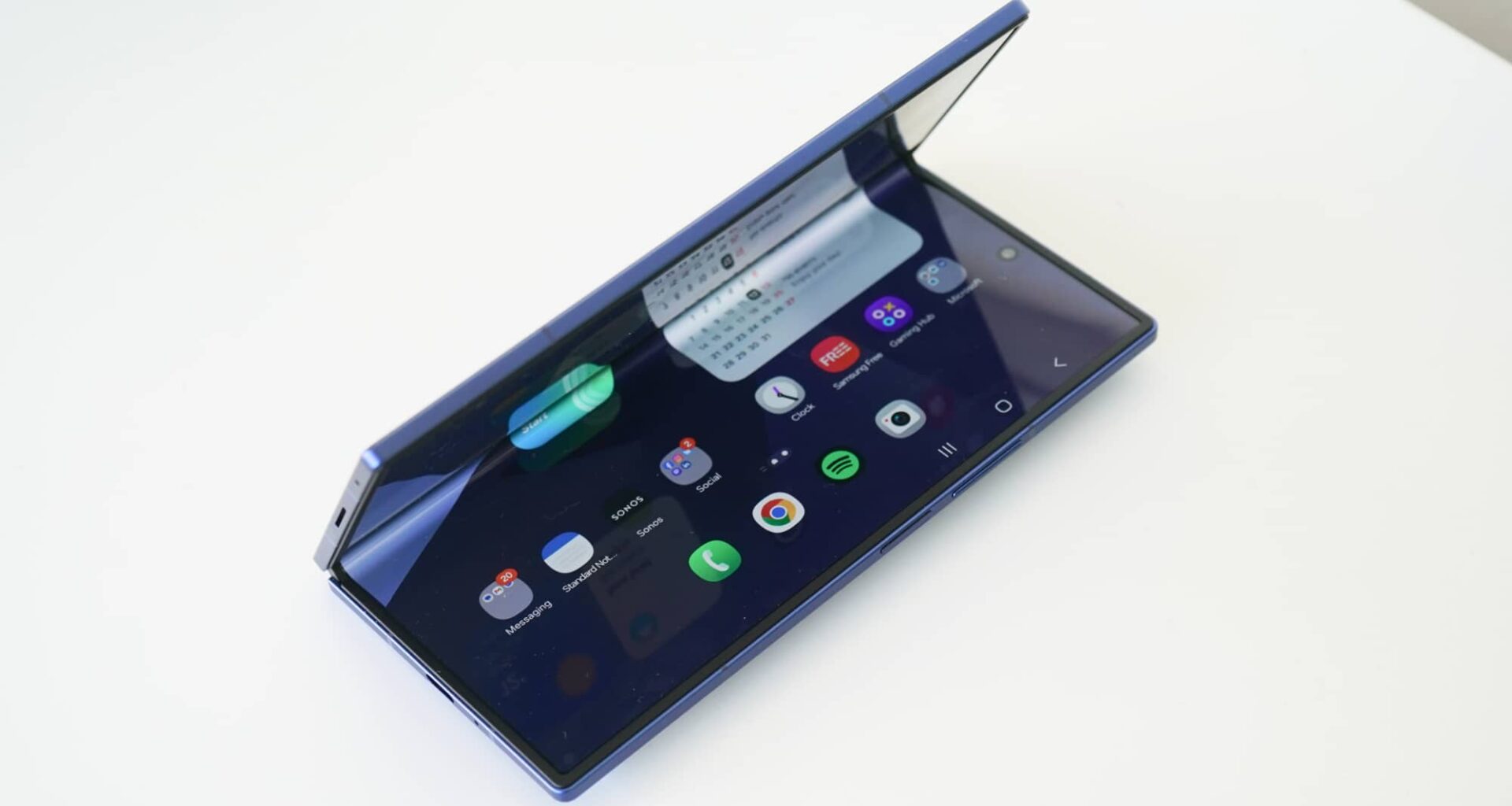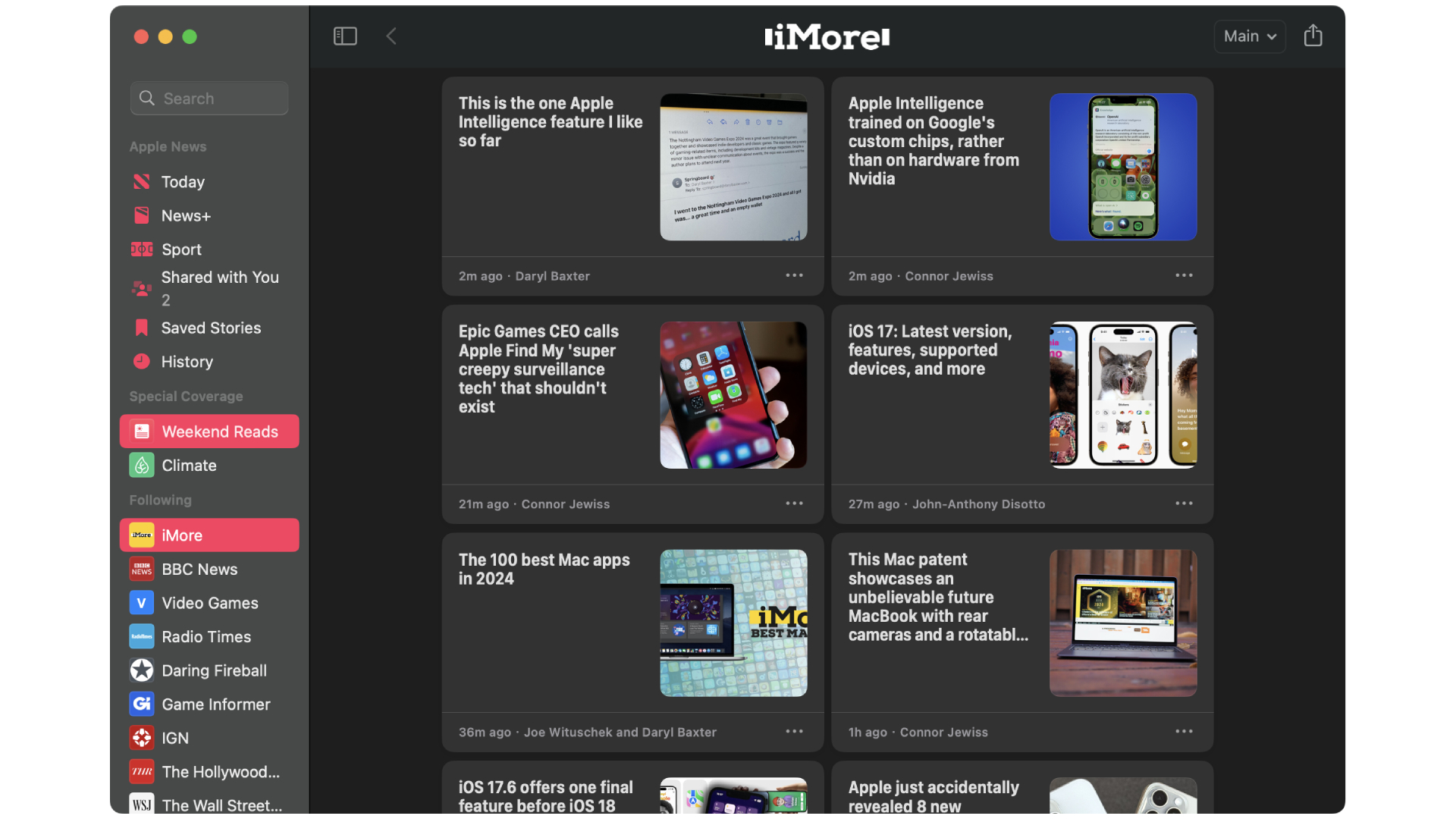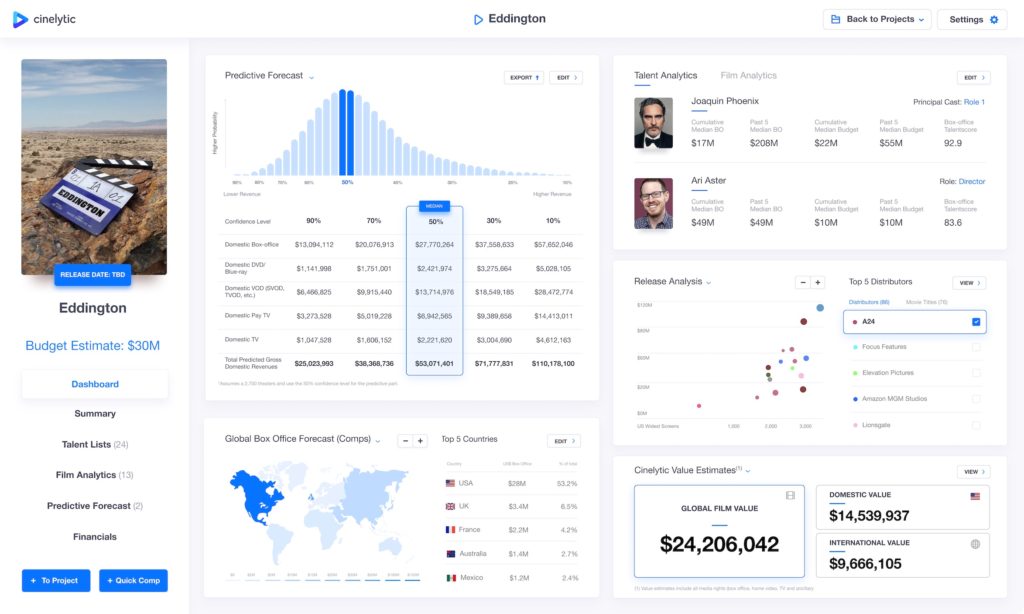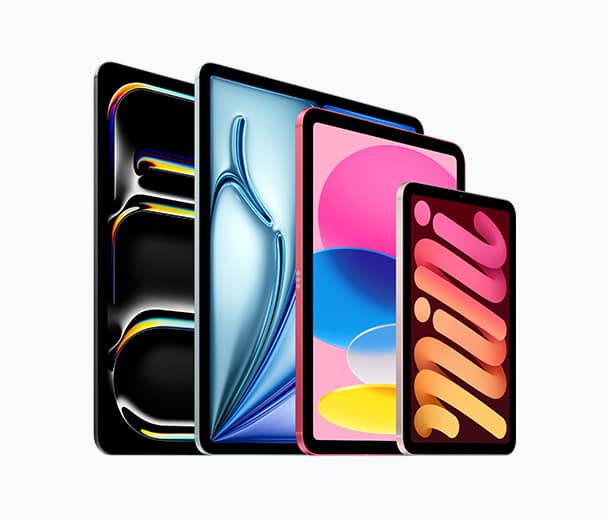Viture Luma Ultra Glasses: Existing Constraints and Prospective Opportunities with Cyberpunk Partnership and Growing Spatial Offerings
Viture Luma Ultra is finally ready for purchase after a lengthy wait, and I’ve been experimenting with them for several weeks to evaluate how they stack up against the leading smart glasses. While these are undoubtedly the finest offering Viture has produced to date, several absent features prevent them from reaching true excellence.
Before diving into that, let’s discuss what Viture Luma Ultra actually is and how it stands out from Viture’s extensive smart glasses range. In brief, Luma Ultra enhances the Luma Pro experience by introducing a brighter display, two extra cameras, and 6DoF tracking. Viture debuted its Luma series initially with Viture Luma Pro back in July, which represented the first smart glasses from the company equipped with an integrated camera.
Viture Luma Ultra elevates the experience with a total of three cameras: one on the nose bridge and two on the outer edges of each lens. This design allows Viture Luma Ultra to deliver comprehensive 6DoF spatial tracking, so virtual screens remain in position regardless of how much you move or walk. The catch is that you must utilize Viture’s Spacewalker software to enable 6DoF functionality.
In this respect, it appears that Viture has not fully progressed, as Xreal One can achieve 6DoF with any device that outputs video, requiring no additional software. Although you need the supplementary Xreal Eye camera on those glasses, the overall expense is still lower than that of Viture Luma Pro, making it challenging to recommend Luma Pro if your aim is to have a straightforward plug-and-play smart display glasses.
This plug-and-play functionality makes Xreal One a superior suggestion for most users, although some may still favor Viture for various reasons. Viture Luma Pro features the most luminous Sony micro-OLED displays available, reaching up to 1500 nits of DC-dimmed brightness (no PWM). This is beneficial in specific situations where automatic lens tinting doesn’t sufficiently counteract bright environmental light, but I haven’t encountered a situation in my day-to-day life where this is essential.
Viture’s Spacewalker software is also considerably more comprehensive than anything offered by Xreal, so while Xreal One is a more effective plug-and-play choice, Viture Luma Pro provides additional options for power users through smartphone or PC/Mac applications, such as quick shortcuts and multiple tracked windows. This feature enhances the feeling of it being more like a VR headset due to its capabilities.
Viture also presents the possibility for hand tracking, which can be experimented with but is primarily limited to the company’s own tech demos and brief games for the time being. I wouldn’t purchase the glasses for this feature, even if it proves to be enjoyable.
The primary reasons for choosing Viture over the competition are twofold: automatic 3D video playback and extensive ecosystem compatibility. Viture’s Pro Mobile Dock allows these glasses to be used with a Switch 2, something no other smart glasses brand can stake a claim on, due to Nintendo’s notorious hardware restrictions. Xreal is expected to soon offer a solution with the Xreal Neo adapter, but that is not yet available and lacks an official release date.
The other compelling reason to acquire them is Viture’s Immersive 3D video, which I tested a few months back and found to be simply astonishing. Viture’s Spacewalker app automatically converts any video to 3D utilizing onboard AI processing, and it functions nearly flawlessly. The user interface can be a bit unwieldy at times, but no other product on the market provides this capability, making it exceptional for anyone seeking 3D content without an official source.
For those looking for seamless plug-and-play spatial tracking compatible with any device, Xreal One or Xreal One Pro are the top recommendations. If you desire greater ecosystem compatibility and additional power-user configurations for features like 3D video or multi-monitor support, Viture Pro or Ultra are excellent selections. I only wish Viture could facilitate spatial tracking without necessitating extra software.
Cyberpunk enthusiasts might be excited to learn that Viture and CD Projekt Red have collaborated to produce a limited edition Cyberpunk 2077-themed pair of Luma glasses. These feature the same camera setup as Luma Pro but possess a completely unique aesthetic, including a custom LED strip on the back that adheres to the Cyberpunk theme, as well as an upgraded Sony micro-OLED panel capable of 1500 nits of brightness.
Only 10,000 units of these are being manufactured, with each one serialized (CP0000 – CP9999), making it a true collector’s item. If you have a high-end gaming PC, you can even experience Cyberpunk 2077 in breathtaking 3D via Viture’s Immersive 3D technology.
Viture x Cyberpunk 2077 is now available, as of December 10, 2025, at viture.com and select retail locations for $549.
Read More








